Wik & Kugu Arts Centre
Servicing the five Clans living in Aurukun: Apelech, Winchanam, Puch, Wanam and Sara.
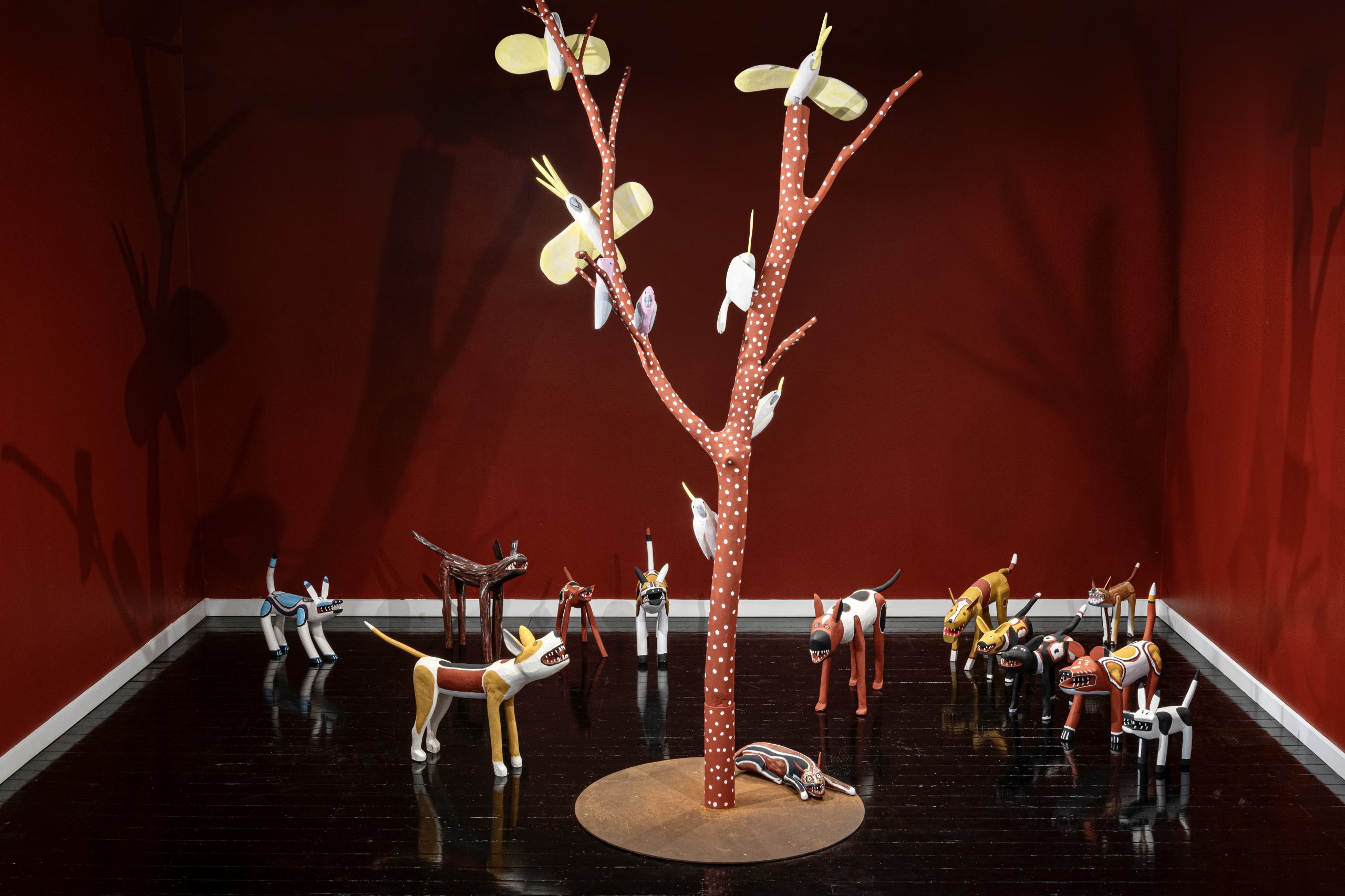
“The people of Aurukun belong to five culturally seperate ceremonial clans”
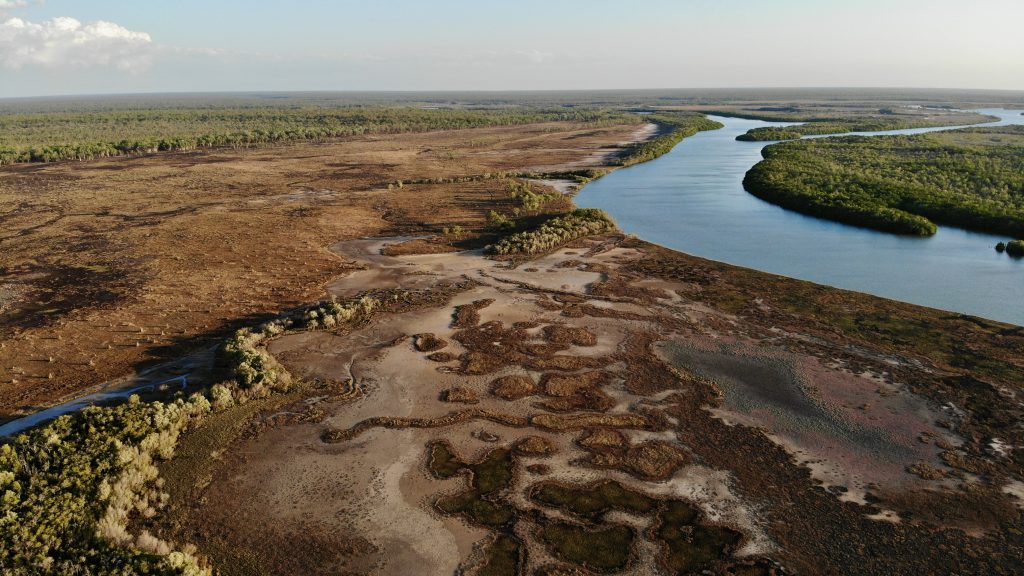
CONTEMPORARY ART IN AURUKUN
Located in the remote community of Aurukun on the west coast of Queensland’s Cape York Peninsula, Wik & Kugu Arts Centre is a community-owned and governed social enterprise hosted by the Aurukun Shire Council. The Centre services the five Clans who live in Aurukun and exists to celebrate and encourage contemporary cultural expression through the arts. The Centre’s primary function is the commercial production of fine art that provides sustainable cultural and economic opportunities for over 20 established and emerging artists. The cultural precinct of Wik & Kugu includes a men’s workshop and a women’s painting studio. More recently, Wik & Kugu art forms have been made exclusively for newly developed commercial partnerships with gallerists and art fairs.
Aurukun’s visual art embodies Ancestral narratives that support and maintain spiritual and historical connections to Country. Across the Wik & Kugu region, the practice of creating objects for ritual ceremonies dates back to the beginning of time. In recent years, art market developments have allowed these ceremonial practices to be given a new contemporary context. In the 1970s and 1980s, building on a small market that began in the Mission days, an art and craft industry at Aurukun was modest but lively. Men created high quality traditional tools such as spears, woomeras, firesticks and shields. Women’s string bags of spun cabbage palm fibre were internationally renowned, and pandanus basketry was a widely-practised skill. A family-run screen-printing workshop served the community as well as a wider market. But in the 1990s, contemporary art market influences saw Aurukun artists start to produce sculpture and paintings commercially. Artist’s tapped into their rich cultural traditions of ceremonial carving, although these new works were of a non-ceremonial substance. Since then, the production of contemporary fine art in the community has flourished into an exciting art movement enabling Wik & Kugu people to use new ways to reassert their ties to Country, and thus, solidify their place in the contemporary art world.
Aurukun’s five Ceremonial Clan groups all have their own unique histories and understanding of the Land as well as interlinked connections with other Clans. There are no simple political linguistic groups in Aurukun. The people do own, by right of Clan birth and Country, a recognised variety of languages. With a population of 1200 people, Aurukun is home to 1 of only 12 Traditional Aboriginal Language’s left in Australia. Wik-Mungkan, the lingua franca of the community, is considered the only “living and thriving” Traditional Aboriginal Language left in Queensland spoken as a first language by every generation at home (AIATSIS 2020).
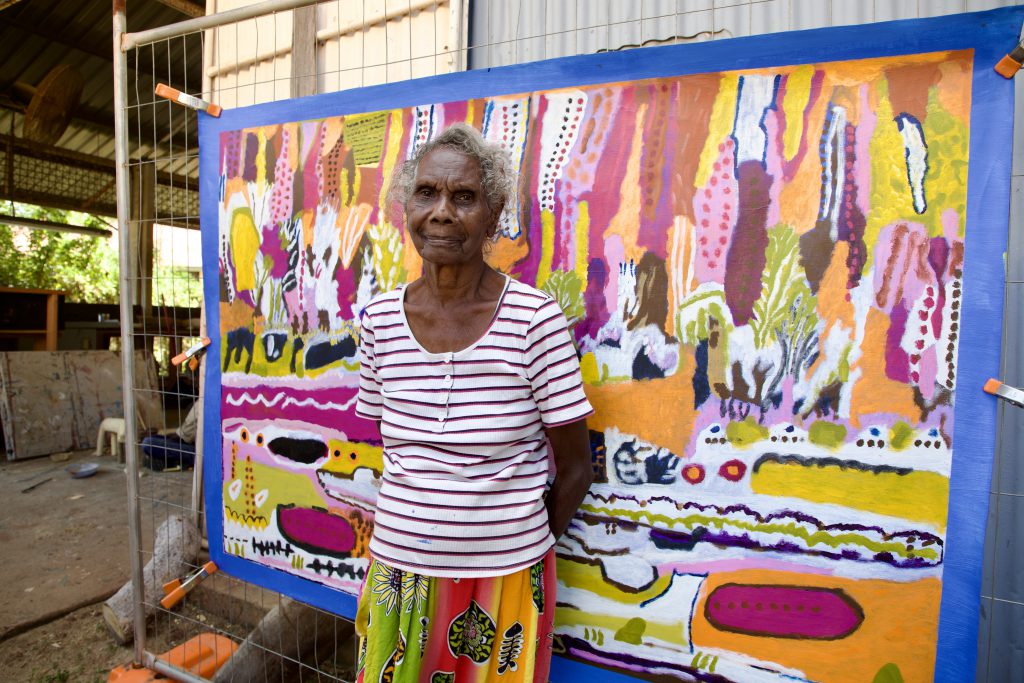
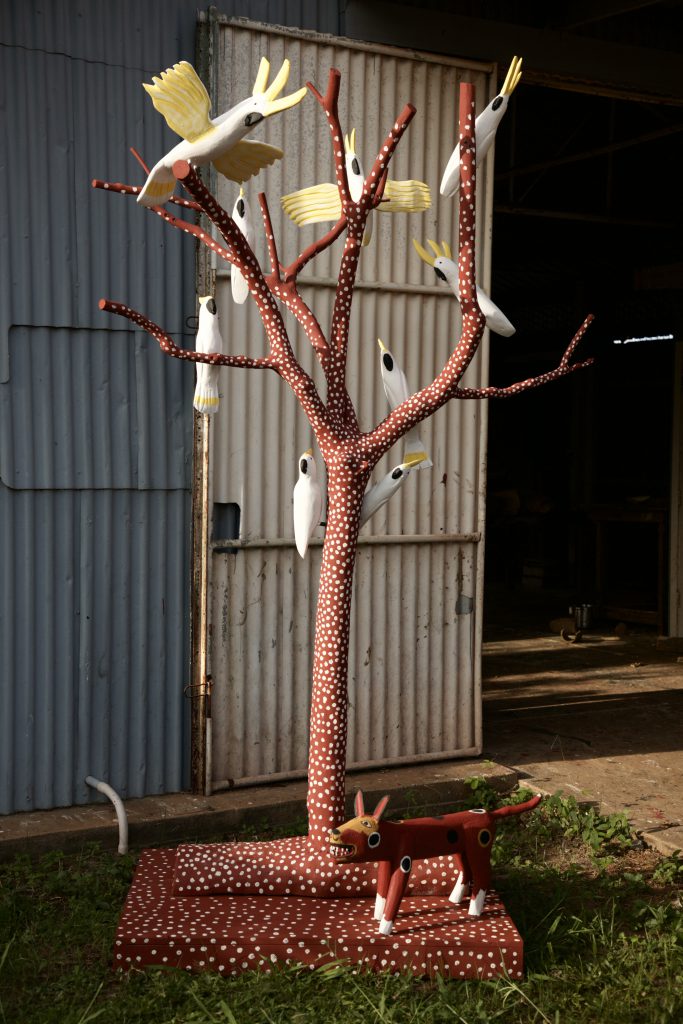
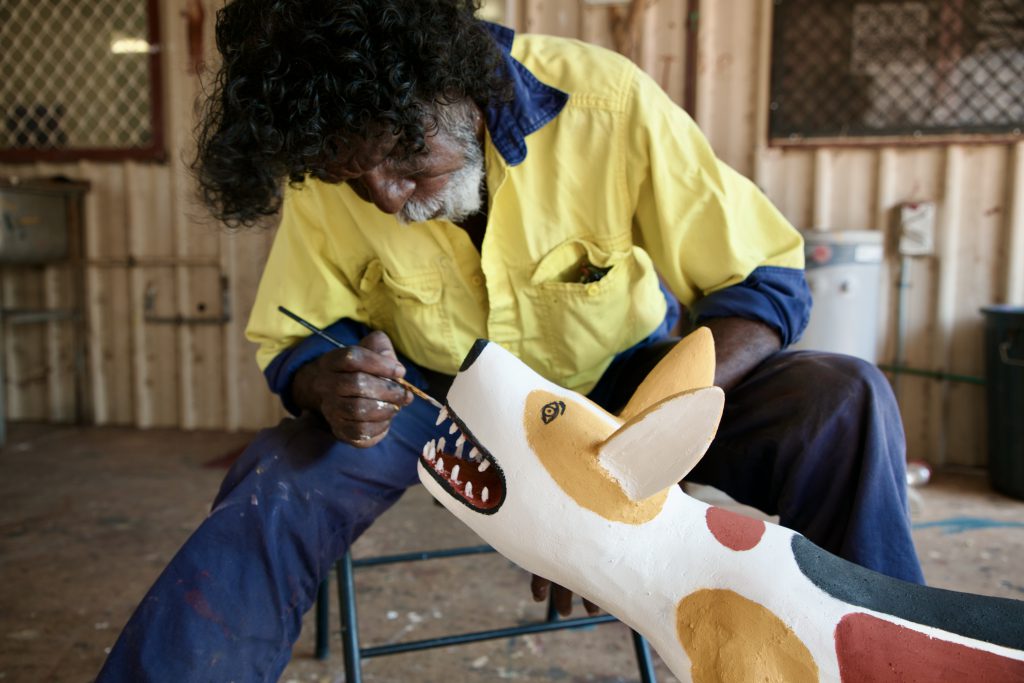
“Starting from 1904, clans from the north and south of Aurukun began to walk in from the bush to live at the Aurukun Mission Reserve. This continued even up until the 1970s”
CEREMONIAL HERITAGE
Aurukun was formally established as a Mission Reserve in 1904 by the Presbyterian Church of Australia. During the early days, the Reserve acted as a stronghold for displaced Northern and Southern Clans escaping the murderous behaviour of marauding pastoralists and sea pearling companies.
From 1904 – 1960, the strength of Aurukun’s artistic traditions were maintained during the period of the Presbyterian Mission under which initiations, that helped maintain selected elements of language and cultural practices belonging to the Wik and Kugu Region, were continued.In the early days of the Mission, the introduction of a sawmill supported a transition to steel tools. More recently, new carpentry techniques have aided the development of more complex and sophisticated sculptures.
Aurukun’s iconic sculptural tradition is a result of the unbroken cultural ties to the Ancestral past. Each Clan has a rich Ceremonial Heritage linked to sacred story places on each Clans Estate. The earliest ethnographical documentation and collection of Wik sculpture was in the late 1800s. The most significant early collection was made by Ursula McConnel, a collection that now sits in the South Australian Museum.
In 1962, a significant ceremony took place at Um Toch (Dry Swamps) in Aurukun, involving fully initiated men from all five Wik & Kugu Clans. Filmed by the late Ian Dunlop, this event catapulted Wik & Kugu Culture onto the global stage. In many ways, this event was a catalyst to the the contemporary art movement in Aurukun. The ceremony culminated in several days of choreographed ceremonial song and dance performed by each clan. Ritual sculptures made specifically for the ceremony were later gifted to the National Museum of Australia by William MacKenzie, Aurukun’s Presbyterian Mission Superintendent. Today, the 1962 Ceremonial film from Um Toch remains a vital cultural asset for Aurukun and forms an integral part of Wik & Kugu’s ongoing effort to repatriate the community’s rich cultural archive.
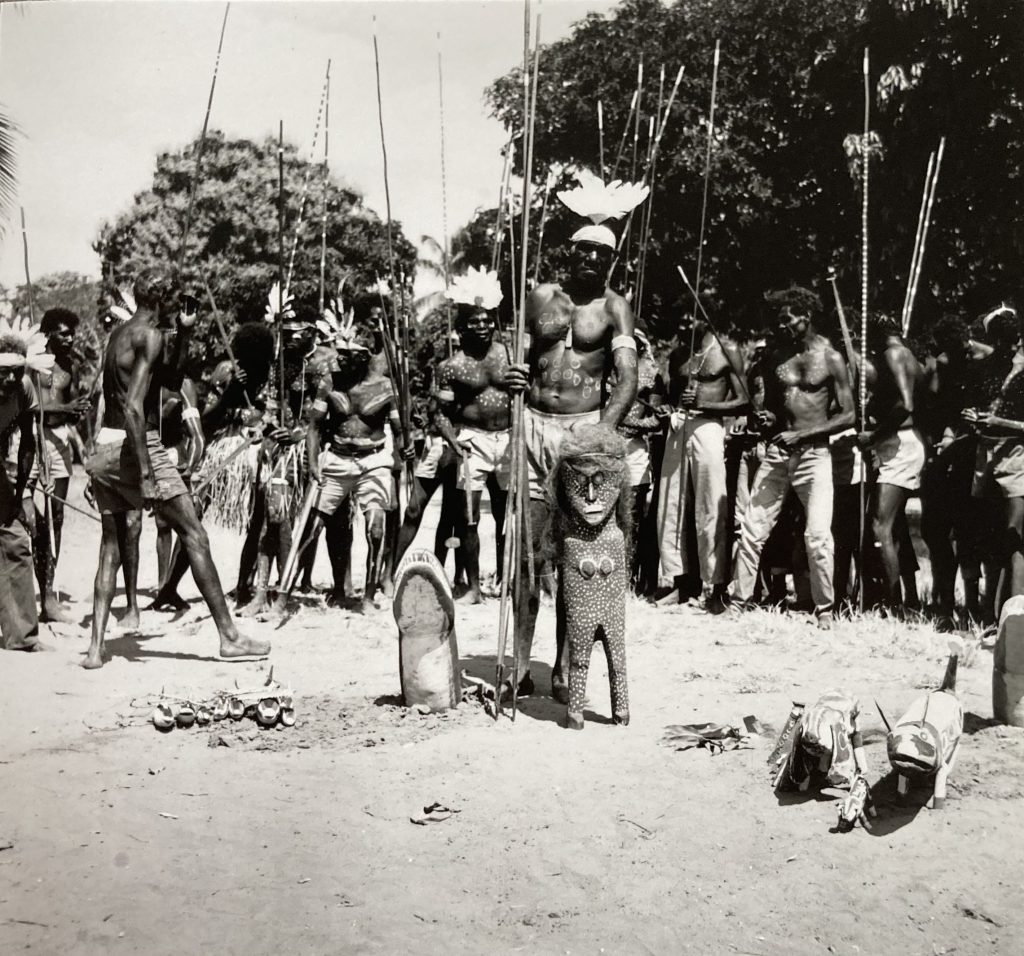
WIK & KUGU STAFF
The Centre employs a full-time arts coordinator who facilitates the continued development and practice of both men’s and women’s fine art in Aurukun. The centre also employs a number of part-time Arts Workers, all of whom are vital to the continued operation of Wik & Kugu Arts.
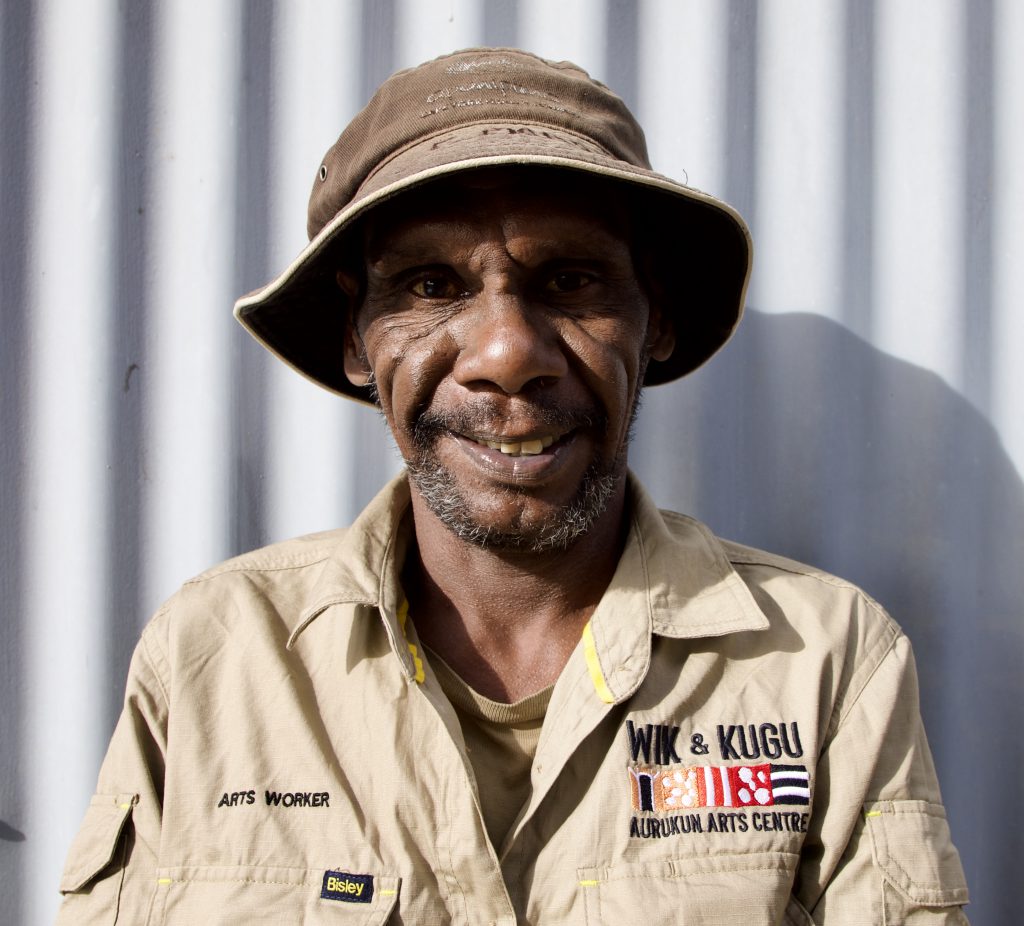
FUNDING SUPPORT
